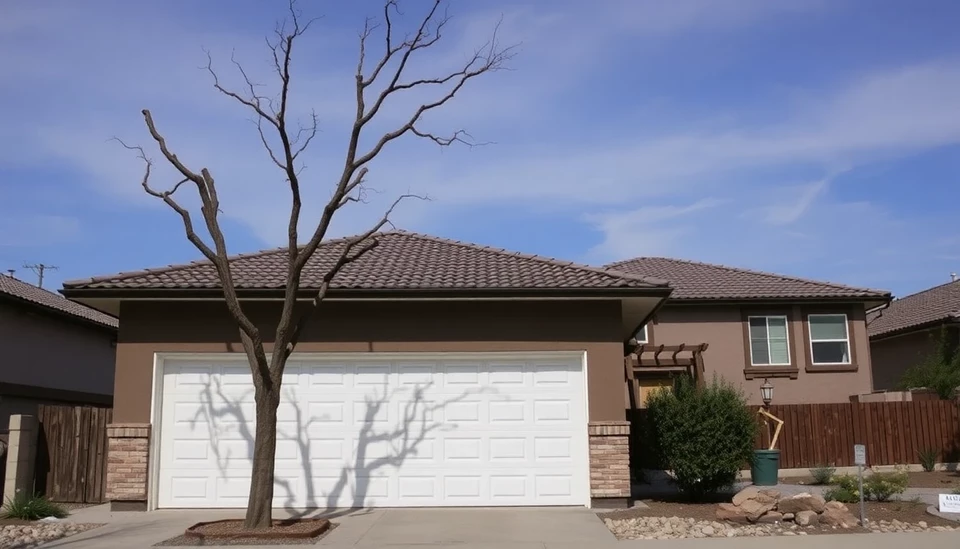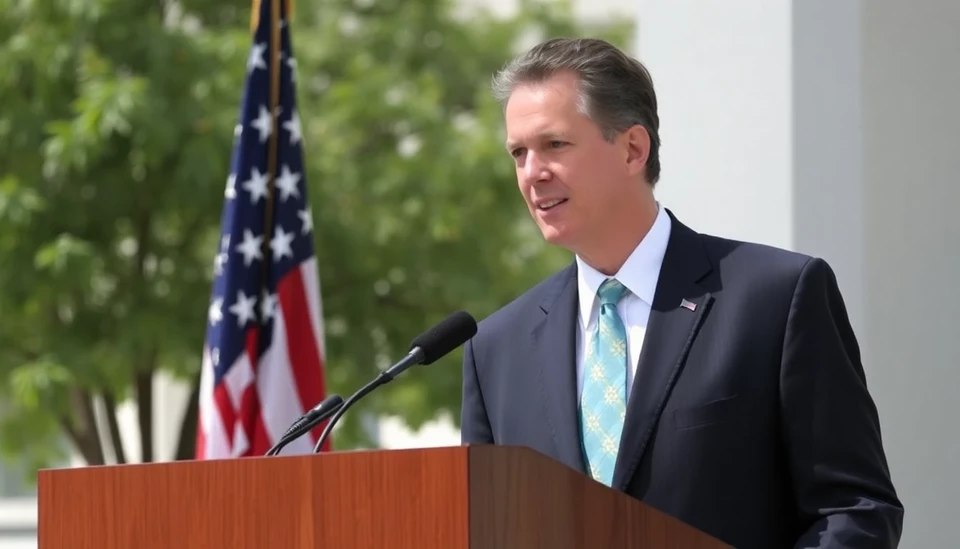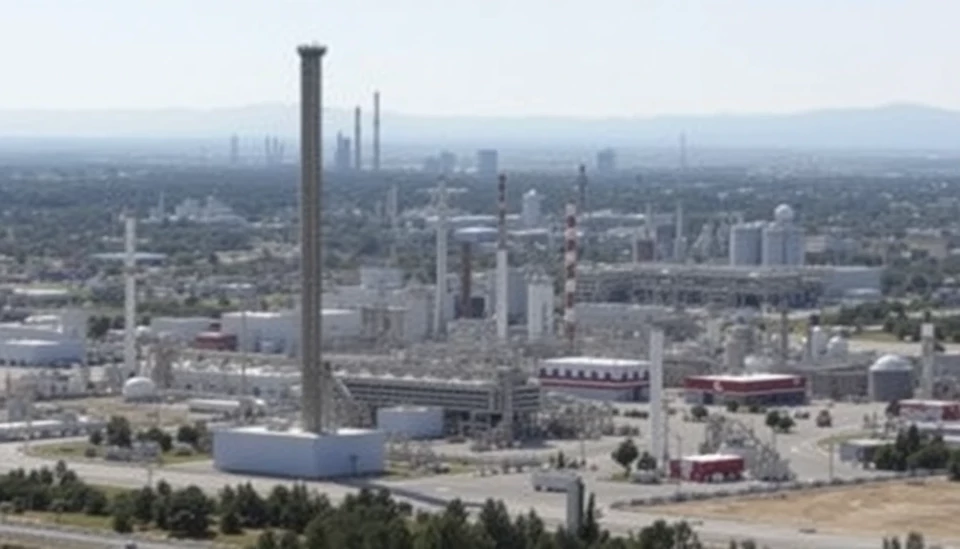
In a significant move aimed at addressing the housing crisis in Los Angeles, California state officials are fast-tracking the rebuilding of homes in neighborhoods that have been ravaged by wildfires. This initiative, while seemingly a solution to the pressing need for affordable housing, raises crucial questions about the safety and preparedness of these areas, which are still at risk of future fire-related incidents.
The California government has unveiled a streamlined permitting process designed to expedite the construction of new homes in wildfire-affected regions. This approach is intended to facilitate quicker recovery for homeowners, many of whom have been left in limbo following devastating fires that have swept through the region in recent years.
One key aspect of the program is the reduction of bureaucratic red tape that often hinders swift reconstruction efforts. By eliminating unnecessary delays, officials hope to encourage more property owners to rebuild and return to their homes, thereby invigorating local communities that have suffered from prolonged disinvestment and displacement.
However, the decision to promote rebuilding in these vulnerable areas has not been met without criticism. Environmental experts and safety advocates express significant concerns regarding the long-term implications of such a strategy. They argue that the potential for catastrophic fires remains high, particularly in light of changing climate conditions that are expected to increase the frequency and intensity of wildfires in California.
Many homeowners who survived last year’s devastating wildfires are caught in a dilemma. While they wish to return to their homes and invigorate their communities, the fear of future disasters looms large. Some residents share stories of their arduous journeys through insurance claims, rebuilding delays, and uncertainty about whether it is wise to invest in properties that could again be threatened by fire.
In an effort to address these concerns, state officials suggest that new building codes and safety measures will be integrated into the fast-tracked construction plans. These updates may include improved fire-resistant materials and landscaping changes aimed at creating defensible spaces around homes to reduce fire risk.
Despite these assurances, skepticism remains among residents and environmentalists who emphasize that enhancing fire safety infrastructure will not completely mitigate the inherent risks associated with living in high-fire-risk areas. Discussions are ongoing about potential solutions that incorporate smarter urban planning and stricter land-use regulations to better adapt to the growing reality of climate change and its impact on natural disasters.
The rapidly evolving situation in California highlights the tension between urgent housing needs and the necessity for sustainable and safe living environments. As the state navigates these complexities, it faces the challenge of balancing immediate reconstruction efforts with long-term safety and environmental strategies. With the rebuilding process now underway, the outcome will potentially set precedents for how similar situations are handled in the future across the state and beyond.
As California continues to tackle this critical issue, it remains to be seen how effective these measures will be in fostering both recovery for residents and preservation of the environment. The ongoing dialogue among stakeholders is crucial for ensuring that communities can thrive in the face of an ever-changing climate.
#California #Wildfires #HousingCrisis #SustainableHousing #Reconstruction #FireSafety #ClimateChange
Author: Megan Clarke




